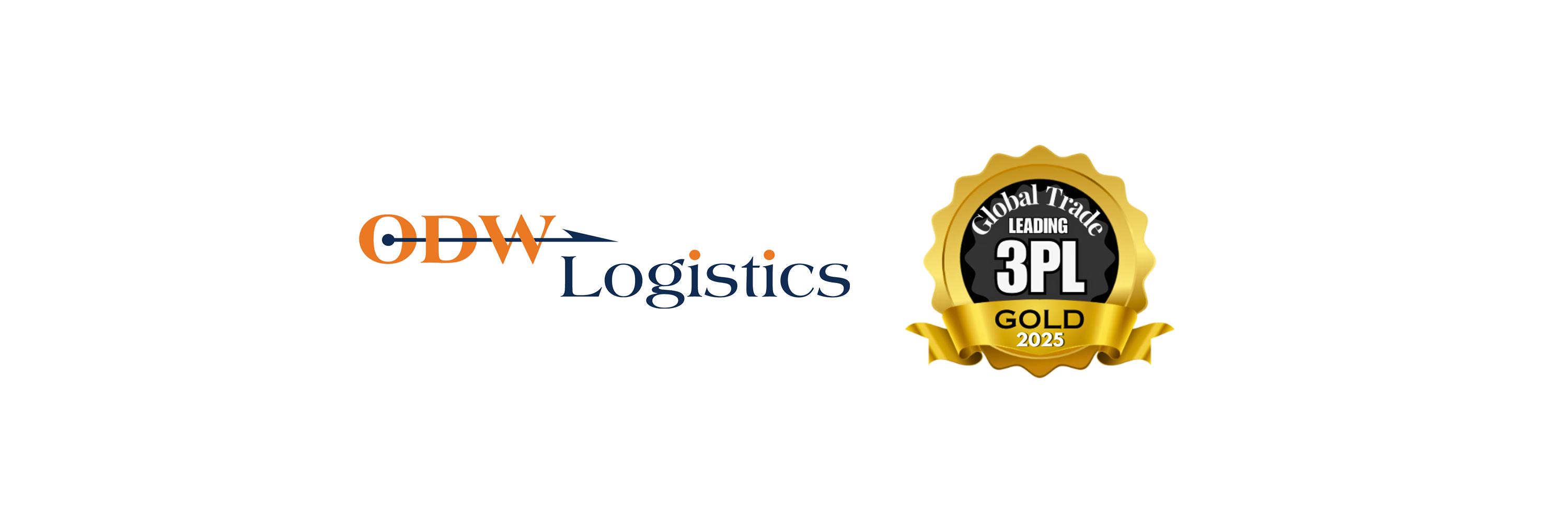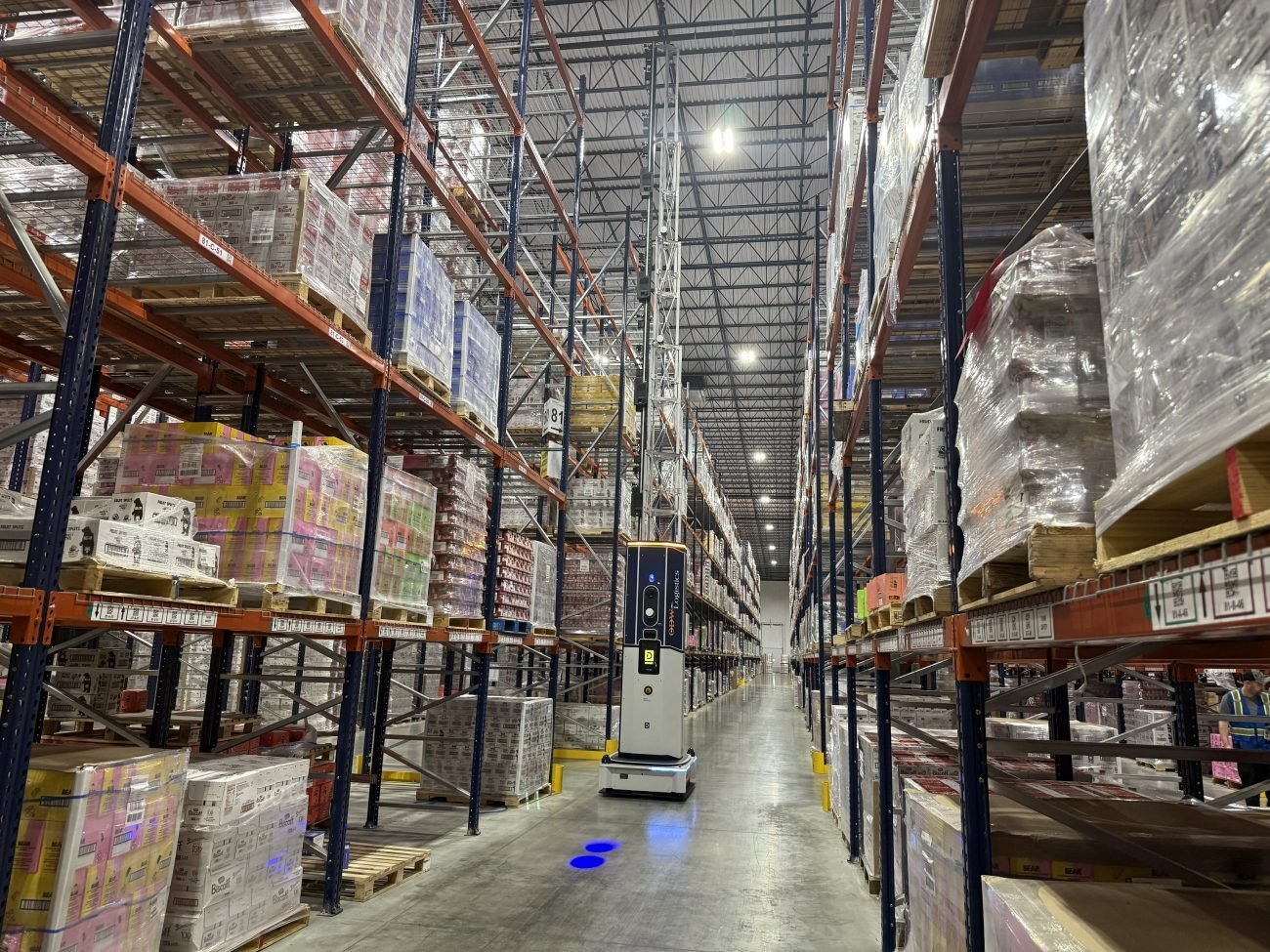The one essential ingredient found in every health and beauty product is marketing.
Marketing makes up the majority of the cost of goods sold in this category—and one way or another every other function must support it. Order fulfillment needs to tow the economic line by minimizing costs and support the marketing line by delivering a brand-worthy experience.
Not an easy feat considering buyers’ expectations on the e-commerce and the wholesale sides for flawless performance.
ODW Logistics provides logistics for some of the most established health and beauty brands in America. We’ve handled every product type imaginable over the years and devised agile solutions to help customers keep their supply chains on-trend and in the pink throughout the many changes in recent years.
Here’s our overview of the top 10 challenges health and beauty brands should be most aware of today.
1 – Consumers Have Gone Omnichannel (Maybe You Should Too)
McKinsey called it. They predict consumers’ “preference for omnichannel shopping is expected to continue to fuel legacy brands’ shift online and independent labels’ move into a brick-and-mortar presence.”
Whether a brand starts in a physical store and expands to e-commerce, or vice-versa, it’s a brand-new world with a steep new learning curve.
For example, products that were sold exclusively online where there is no need for UPC codes will need appropriate labels for brick-and-mortar environments. Shipping wholesale means new decisions regarding over-the-road transportation, routing instructions and retail compliance.
Neither side will have it easier. Brands that were only sold in traditional retail environments will need e-commerce fulfillment operations and all the technology, warehouse labor and parcel shipping connections that go with it.
2 – Say Hello to “Premiumization”
That’s Mckinsey’s term for consumers’ fancy e-commerce expectations getting even fancier.
In cosmetics, personal care, nail polish and hair care, the user experience is everything. McKinsey predicts it will only become more so “with the premium beauty tier projected to grow at an annual rate of 8 percent (compared with 5 percent in mass beauty) between 2022 and 2027, as consumers trade up and increase their spending, especially in fragrance and makeup.”
The ability to provide premium unboxing experiences requires skill and resources—and the high expectations of health and beauty buyers are only going to intensify.
3 – Care and Handling Can Be a Challenge
Many health and beauty products are fragile. Exposure to sunlight, high temperatures or moisture can ruin many items. Cosmetics tend to be expensive, too. For these reasons the workers who handle these products need to understand proper care and warehouses where they are stored need to be clean and temperature controlled.
In addition to heightened standards of care while products are being stored and transported, many health and beauty products need to be handled with caution for safety reasons.
Some, like nail polish remover, are considered hazmat and have special labeling requirements. A variety of government agencies regulate the storage and handling of hazardous or potentially dangerous products. They include the Environmental Protection Agency (EPA), Occupational Safety & Health Administration (OSHA), Department of Transportation (DOT), or local fire authority.
It is critical to research local and federal laws. Fines for infractions can be severe and they’re not always obvious. For example, aerosol products like hairspray must be caged in the warehouse as a fire-safety measure.
When it comes to shipping, motor carriers have documentation requirements for hauling hazardous materials that apply to cosmetics. Transporting certain products by air has strict guidelines for labeling, documentation and packaging as well. These have been laid out by the International Air Transport Association.
4 – Ingestible Products Require Close Monitoring
Certain health and beauty products fall under FDA regulation and have additional controls.
Supplements, minerals, vitamins, energy bars and powdered shakes require the use of an FDA-registered warehouse. Because of their potential for spoilage, they require strict inventory control. Expiration dates must be monitored and products rotated and restocked periodically.
This applies to ingestibles but not cosmetics on the whole. The inventory monitoring and control for products used on the outside of the body is significantly less.
5 – Chargebacks Are Higher for Health and Beauty Products
Failing to deliver on-time-in-full or failing to meet other retailer requirements can ding health and beauty brands badly.
Chargebacks, which are fines imposed by retailers on brands, are based on the purchase order amount. As a result, typically higher priced products, like cosmetics and health and beauty goods, can pack a wallop when retailers’ rules aren’t adhered to.
6 – Peak Period in Health and Beauty Can Overwhelm
The health and beauty world has a very different peak season that requires brands to have the flexibility to adapt to wide surges in orders. A lot of new product comes and goes during a three-to-six-month period that surrounds Black Friday and Christmas. This health and beauty peak is traditionally rigorous, seeing 2X to 4X increases in orders.
Additionally, personal care products operate in the influencer space where demand surges occur. In today’s personal care space, a social media influencer with 400,000 followers can endorse a product spurring 20,000 sales overnight. It happens—we’ve seen it. If your brand is used to selling 8,000 units a week, you need an ability to adapt and flex in a very quick fashion.
Access to flexible labor is paramount to fill orders during these peak periods. The ability to manage to processes is critical so that labor can get up and trained to process accurate orders. The use of automation has become increasingly more important as a means of anticipating historical sales and cutting the top off of peak spikes.
7 – Maximize Marketing by Optimizing Fulfillment Costs
“Effective marketing is often the single most important factor in success or failure in beauty,” according to Forbes.
Marketing costs at beauty brands can account to 25 - 40% of revenue—and even as much as 50%. This priority makes cost containment a matter of survival.
Health and beauty logistics are a major cost center where opportunities for savings exist for those who know the places to look. These include programs enabling companies to piggyback on others’ favorable parcel rates to ship e-commerce orders. Addition savings can be found on the wholesale side where brands can often share transportation costs by consolidating freight with similar brands.
Tactics like these can free significant funds for marketing coffers.
8 – Fast Delivery Matters When Health and Beauty Can’t Wait
Accessibility to sizable populations is a feature to consider when searching for warehousing for cosmetics and personal care products. Having inventory in close proximity to your customers reduces transit time and ensures you get your product to market as quickly and efficiently as possible.
Columbus, Ohio, home of ODW Logistics, is an excellent example. The central Ohio region has become a major logistics hub that reaches 46% of the U.S. population within a 10-hour drive.
As health and beauty brands grow so too does their need to add multiple distribution center nodes across the country in order to efficiently and cost effectively deliver to online customers.
9 – Reviews Make or Break Health and Beauty Brands
In the same way that social influencers write cosmetics reviews that their followers then follow, buyers write reviews that others then follow. Negative reviews can be the death of brands. Many times, the negative experience occurs in the delivery phase.
It’s critical to head that off through visibility that provides customers tracking, confirmation and assurance. Visibility also provides you, the manufacturer, acknowledgement the order has been filled, where it is in its journey and when it arrives. Timely delivery along with accuracy and a positive unboxing experience add up to a good user experience.
Good user experiences inspire rave reviews and repeat business—the lifeblood of social influencer brands.
10 – Brands with Stable, Sustainable Growth Are M&A Magnets
Since the cost of capital has risen, private equity firms and other potential buyers’ priorities have shifted away from the white-hot brands to the steady performers.
According to McKinsey, attractive brands today have “innovative product pipeline and a demonstrated ability to grow profitably, sustainably, and over the long term.”
Specifically, they exhibit scalable warehousing, ready labor pools, and automated processes that enable a brand to fill orders accurately, cost effectively and according to an established order profile—regardless of demand. On the wholesale front, steady performers leverage established transportation pools and have successful consolidation programs servicing retailers flawlessly.
Stable, Streamlined Supply Chains Are Always in Fashion
Health and beauty brands operate in an industry where amazing growth can come overnight—as long as you’ve laid the right foundation. The right logistics partner helps health and beauty brands get to the next phase—whatever that may be—with flawless performance.
Read our next blog to learn all the ways an experienced health and beauty logistics provider can help accelerate your success, or talk specifics about your supply chain with a member of our team.
ODW Logistics
Since 1971, we’ve been providing warehousing, distribution, and transportation solutions for hundreds of brands. We operate as an extension of your business to control costs throughout your supply chain that deliver you a competitive advantage over your competition.RECENT POSTS
Introduction: The Evolving Landscape of E-commerce Fulfillment In the fast-paced world of online retail, customer expect...
Dec. 18, 2025 09:26 AM
ODW Logistics has been named a Top 50 Third-Party Logistics (3PL) Provider by Global Trade magazine and recognized in th...
Dec. 17, 2025 09:33 AM
December 3, 2025
Dec. 04, 2025 09:10 AM









.jpg)

